Volatile fuel behind North Korea’s missile threat
VOLATILE rocket fuel has been the key North Korea’s missile threat — and Kim Jong-un may have cracked the ability to make it himself.

A DANGEROUS rocket fuel dubbed “devil’s venom” by the Russians has been the key to the success of North Korea’s ballistic missile program — and it may be too late to stop the rogue nation from producing it itself.
Devil’s venom is the nickname for unsymmetrical dimethyl hydrazine (UDMH), a volatile liquid combination of chemicals used to fuel rockets, which North Korea has had access to as far back as the George W Bush administration.
It is believed that China or Russia has supplied the propellant to North Korea over the decades but The New York Times reports that it may be too late to stop Kim Jong-un’s regime from manufacturing the fuel itself.
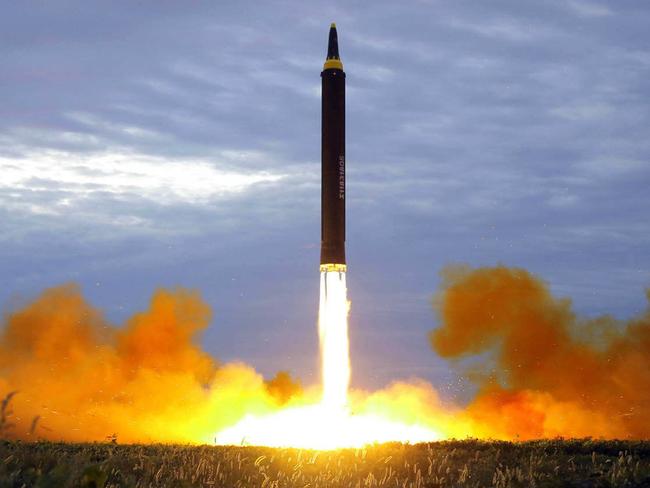
UDMH was used in the Soviet Union rocket disaster of 1960, a massive explosion at the launch pad of a intercontinental ballistic missile. The resulting fireball and toxic gasses was responsible for at least 124 deaths.
The US abandoned use of the toxic fuel long ago, with NASA warning of its dangers as far back as 1966 with a video that opens with a spectacular explosion.
North Korea, meanwhile, used the volatile propellant as recently as last Friday when it launched a mid-range missile over Japan.
In pushing for United Nations sanctions, the Trump administration has focused on limiting the supply of oil and gas to the nation but UDMH is produced without the need for oil.
“Based on North Korea’s demonstrated science and technological capabilities — coupled with the priority Pyongyang places on missile programs — North Korea probably is capable of producing UDMH domestically,” Timothy Barrett, a spokesman for the director of national intelligence, told the Times.
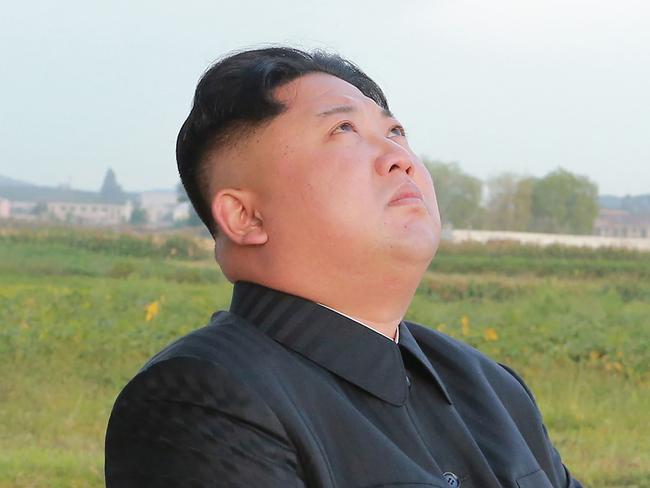
The Times article suggests that stopping North Korea’s use of the fuel — either by sanctions or sabotage — could be the key to crippling the country’s weapons program.
“If North Korea does not have UDMH, it cannot threaten the United States, it’s as simple as that,” Democratic senator Edward Markey said.
North Korea’s nuclear weapons program will be a major topic of discussion at this week’s United Nations General Assembly in New York.
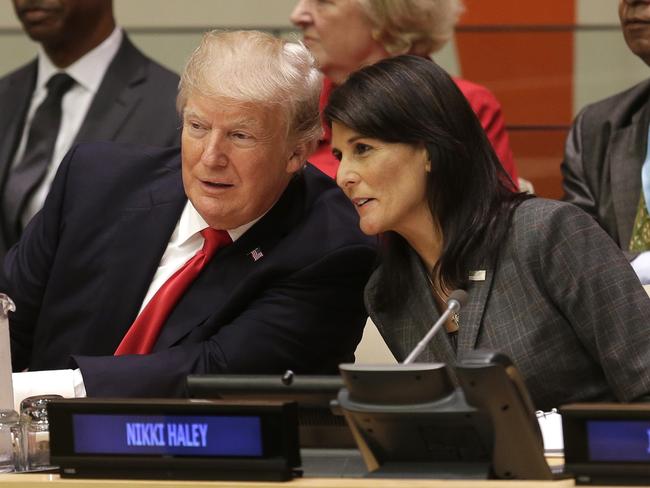
US President Donald Trump is expected to discuss the threat in a speech on Tuesday, US time, and Australian Foreign Minister Julie Bishop has identified the issue as a priority for her meetings in New York this week.
Ms Bishop said the two rounds of UN Security Sanctions levelled at North Korea over the past two months would “compel it to return to the negotiating table”.
“As a package, it comprises the toughest, most comprehensive set of sanctions against North Korea and, when they have a chance to be fully implemented, I believe that they will have an impact on North Korea and change its behaviour,” she told reporters in New York overnight.
She said there was scope for further sanctions — but she believed the existing measures that prohibited foreign workers and the exporting of textiles, coal, lead, iron ore and seafood needed time to take effect.
The Foreign Minister met with her Japanese counterpart Taro Kono as part of the UN General Assembly on Monday, who said there was “deep anguish” in his country over North Korea’s missile tests.
“People in Japan are awakening to alarms, to advice that a missile is likely. This is obviously deeply unsettling but we agreed again to work closely with Japan to ensure that the maximum diplomatic, economic and political pressure is brought to bear on North Korea,” Ms Bishop said.
“North Korea’s behaviour is illegal, they are in direct defiance of numerous Security Council resolutions and so, of course, we want to work with Japan, South Korea and others to ensure that we can do what we can as part of a collective strategy to get North Korea to change its direction [and] change its behaviour.
“Obviously, North Korea’s program of missile and nuclear weapons is increasing in tempo and scale but I believe it can be deterred and I believe that through international pressure North Korea can change its behaviour.
“Obviously, it wants to be in the best possible negotiating position and that why we’re seeing such overt display of capability when it comes to ballistic missiles and nuclear weapons but I believe deterrence can occur.”
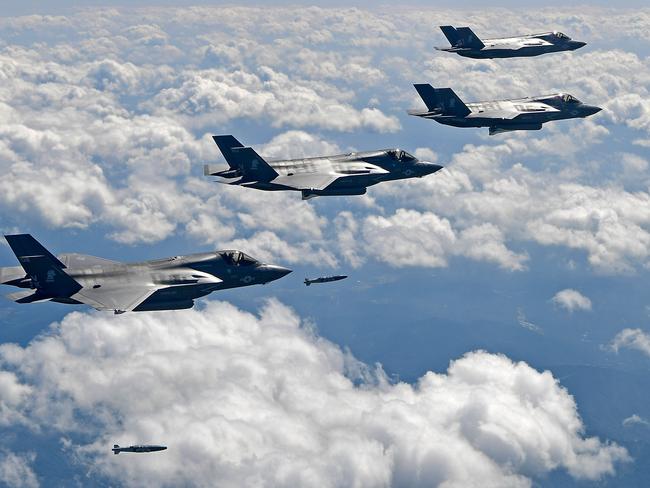
The US flexed its military muscle against the isolated country on Monday, flying four F-35B stealth fighter jets and two B-1B bombers over the Korean peninsula.
The flight was to “demonstrate the deterrence capability of the US-South Korea alliance against North Korea’s nuclear and missile threats”, South Korea said in a statement.
North Korea has reacted angrily to fresh UN sanctions, saying via its official news agency that they were “strangling and suffocating” the country and its civilian population.
In a statement, the North Korea foreign ministry said pressure from the US and its allies “will only increase our pace towards the ultimate completion of the state nuclear force”.
“This is the most vicious, unethical and inhumane act of hostility to physically exterminate the people of the DPRK [Democratic People’s Republican of Korea], let alone its system and government,” the ministry said.
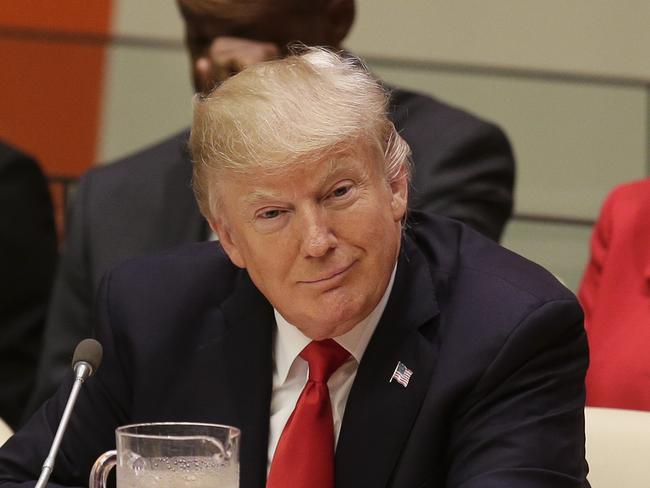
Mr Trump mocked Mr Kim on Twitter on Sunday, referring to him as “Rocket Man” after his phone conversation with South Korean President Moon Jae-in on Saturday night.
I spoke with President Moon of South Korea last night. Asked him how Rocket Man is doing. Long gas lines forming in North Korea. Too bad!
— Donald J. Trump (@realDonaldTrump) September 17, 2017
US officials repeated warnings at the weekend that North Korea risks military retaliation if it failed to disarm.
White House national security adviser H.R. McMaster repeated that “all options are on the table” in dealing with the hermit kingdom, and US ambassador to the UN Nikki Haley said North Korea would be “destroyed” if it “keeps on with this reckless behaviour”.



